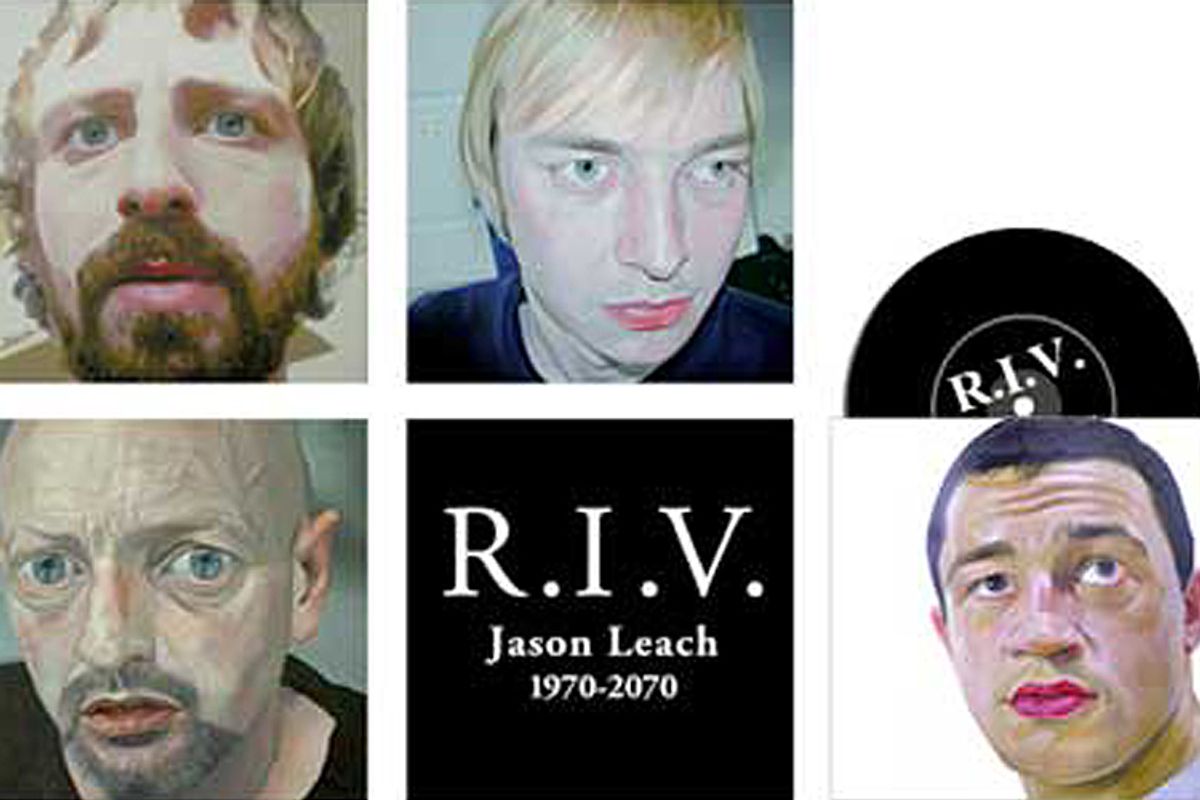A few weeks ago, a savvy Web traveler alerted us to memorials.com, a funeral products website that, alongside the requisite caskets, headstones and urns, sells a set of items we found disturbing and fascinating: customized abstract paintings, created with the ashes of a loved one mixed into the paint.
Once we got over our knee-jerk revulsion, our curiosity was piqued. A little digging around unearthed a whole variety of unconventional memorial products: cremains pressed into diamonds, walking sticks, an eco-friendly coral reef. You can even incorporate ashes into a fireworks display, or press them into a vinyl record over music of your choosing.
Just in time for Day of the Dead, we wanted to take a closer look at what this alternative funeral industry says about the way we perceive, commodify and experience that most potent of life's mysteries: death.
"The funeral industry is changing," said Nick Drobnis, founder and president of Angels Flight, the cremains-in-fireworks company. "More and more families are beginning to see final services as a way to gather together and celebrate their loved ones' lives rather than to mourn their passing. They want to remember something beautiful, not a somber graveside event."
These options detailed in this slide show aren't cheap, but then neither is a traditional casket funeral, which runs about $4,000 at minimum. But cost aside, why would anyone take such bizarre measures? At first glance, shooting the dearly departed off in a firework, or wearing them as a piece of jewelry, may seem disrespectful, creepy, even unhealthy. But according to R. Benyamin Cirlin C.S.W, grief counselor and executive director of the Center for Loss and Renewal in New York City, these individualized funerary rites can be a helpful way of getting through the grieving process. "The major issue when anyone loses someone is really about maintaining a relationship with the memory of a person. If doing something creative with cremains is a way of doing that, well, that's fine. It's not about one particular thing. For someone who gets stuck this might be very useful."
But doesn't wearing someone around your neck, or using him as walking stick for your daily hike, prevent you from getting over the loss? According to Cirlin, the concept of "letting go" is actually a very harmful one. "There's no need whatsoever to let go of the person's memory if you are able to let go of hopes for life to be exactly as it was," he says. "The well-known grief therapist term of 'letting go' or 'closure' is somewhat of a misnomer. It's really about, how can you take the relationship of a loved one and have it inform your life, and still find a way to manage the pain of the loss of physical presence and still have an ongoing relationship?"
In light of Cirlin's assertion that no two people deal with a loss the same way, the rise of these specialty products and services starts to make sense. Western funeral customs are quite limited and homogenous, especially given the rich, diverse history of death ritual across cultures. "There's just a deeply unsatisfying feeling to burying or spreading the ashes, for some people," Dean VandenBiesen of LifeGem says. "There's a loneliness there that we think our products address."
So are these products in fact healthier coping strategies for the grief of losing a loved one, or are they just plain weird? Click through to decide for yourself.



Shares